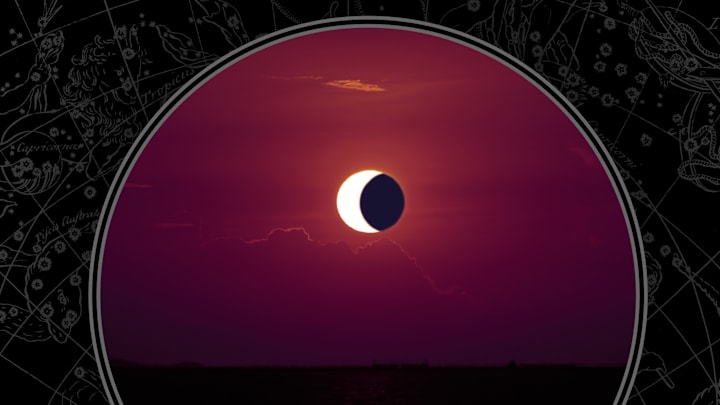The lunar cycle lasts between 29 and 30 days, which means we typically see one full moon and one new moon per month. But that isn't always the case. The second full moon that appears in a single calendar month is called a blue moon, and new moons that follow this phenomenon have a special name as well. The second new moon in a month is known as a black moon, and the black moon at the end of April comes with a bonus spectacle: the first partial solar eclipse of 2022.
What is a Black Moon?
A new moon is the first phase of the lunar cycle. During this stage, no part of the visible surface of the moon is illuminated by the sun, so it appears dark and practically invisible from Earth. While a blue moon isn't literally blue, a black moon does look black, as all new moons do.
According to The Old Farmer's Almanac, black moon isn't an official scientific term. This means there are a few accepted definitions of black moon, but the second new moon of the month is the most common one. This description applies to the event taking place on Saturday, April 30, 2022.
When and Where to See the Black Moon Solar Eclipse
In addition to being a black moon, the new moon at the end of this month will be part of a partial solar eclipse. A partial solar eclipse occurs when the moon crosses paths with the sun in the sky (from Earth's perspective) without blocking it completely. During this weekend's eclipse, up to 64 percent of the sun's disk will be covered by the moon.
Seeing the show in person won't be easy. The path of the eclipse falls across only Antarctica, the Pacific and Atlantic Oceans, and the southernmost tip of South America. If that's too far out of your way, you can tune in to the livestream of the event below when it begins at 2:45 p.m. EDT. Because a new moon is invisible unless it overlaps with the sun, that's your best shot at spotting the black moon.
